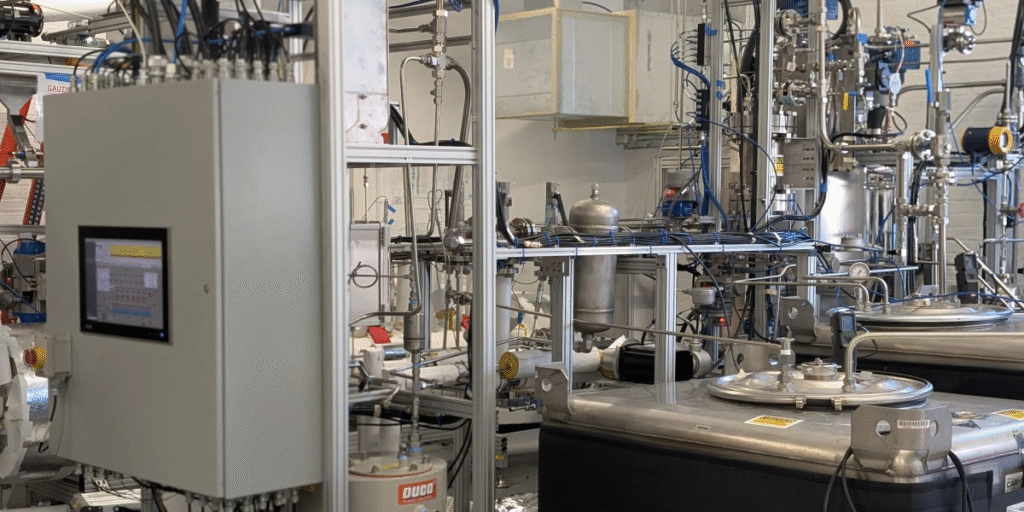The preliminary pilot will use the engine to provide sizzling steam and hydrogen. However the power launched within the reactor could possibly be put to make use of in a wide range of methods throughout a variety of temperatures, in response to Godart. The recent steam may spin a turbine to supply electrical energy, or the hydrogen may produce electrical energy in a gas cell. By burning the hydrogen throughout the steam, the engine can produce superheated steam as sizzling as 1,300 °C, which could possibly be used to generate electrical energy extra effectively or refine chemical substances. Burning the hydrogen alone may generate temperatures of two,400 °C, sizzling sufficient to make metal. Selecting up scrap Godart says he and his colleagues hope the engine will ultimately energy many alternative industrial processes, however the preliminary goal is the aluminum refining and recycling trade itself, because it already handles scrap steel and aluminum oxide provide chains. “Aluminum recyclers are coming to us, asking us to take their aluminum waste that’s tough to recycle after which flip that into clear warmth that they will use to re-melt different aluminum,” he says. “They’re begging us to implement this for them.” Citing nondisclosure agreements, he wouldn’t identify any of the businesses providing up their unrecyclable aluminum, which he says is one thing of a “soiled secret” for an trade that’s imagined to be recycling all it collects. However estimates from the Worldwide Aluminium Institute, an trade group, recommend that globally a little bit over 3 million metric tons of aluminum collected for recycling presently goes unrecycled annually; one other 9 million metric tons isn’t collected for recycling in any respect or is incinerated with different waste. Collectively, that’s a little bit below a 3rd of the estimated 43 million metric tons of aluminum scrap that presently will get recycled annually. Even when all that unused scrap was recovered for gas, it could nonetheless provide solely a fraction of the general industrial demand for warmth, not to mention the general industrial demand for power. However the plan isn’t to be restricted by obtainable scrap. Ultimately, Godart says, the hope is to “recharge” the aluminum hydroxide that comes out of the reactor by utilizing clear electrical energy to transform it again into aluminum steel and react it once more. In response to the corporate’s estimates, this “closed loop” method may provide all international demand for industrial warmth by utilizing and reusing a complete of round 300 million metric tons of aluminum—round 4% of Earth’s ample aluminum reserves.
Nevertheless, all that recharging would require lots of power. “In case you’re doing that, [aluminum fuel] is an power storage expertise, not a lot an power offering expertise,” says Jeffrey Rissman, who research industrial decarbonization at Power Innovation, a assume tank in California. As with different types of power storage like thermal batteries or inexperienced hydrogen, he says, that might nonetheless make sense if the gas will be recharged utilizing low-cost, clear electrical energy. However that can be more and more exhausting to return by amid the scramble for clear energy for every thing from AI information facilities to warmth pumps. Regardless of these obstacles, Godart is assured his firm will discover a method to make it work. The prevailing engine might already have the ability to squeeze out extra energy from aluminum than anticipated. “We truly consider this may most likely do half a megawatt,” he says. “We haven’t totally throttled it.” James Dinneen is a science and environmental journalist based mostly in New York Metropolis.

Posted inArtificial Intelligence

